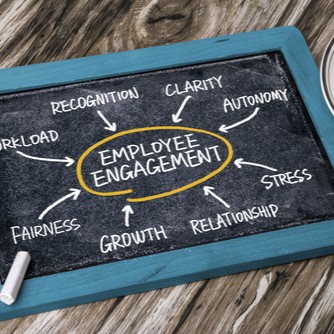What's New for August

New Articles
- 4 Ways HR Can Build Trust With Employees
- Your Secret Weapon: How Simple Recognition Fuels Success
- Burnout Isn’t Just a Manager Problem, It’s a Business Imperative
Featured Videos
Featured Podcasts
Featured Articles
6 Reasons It Pays to Invest in Your Employees

Every HR professional knows that employee retention should be one of your number one priorities. But with everything else on your plate, it can be incredibly hard to carve out the time to focus on it. Organizations are constantly seeking ways to gain a competitive edge when it comes to retention. While investments in technology, marketing, or product development often take center stage, one of the most impactful yet underutilized strategies is fostering employee engagement.
Data Suggests Performance and Development Systems Failing Employees

Performance reviews and learning programs are designed to support employee growth—but new data suggests they may be doing just the opposite.
The Burnout You Don’t See Coming: Why High Performers Are Often the Most at Risk

Burnout doesn’t always look like an impending collapse. More often, it creeps in quietly—masked by productivity, professionalism, and a packed calendar.











